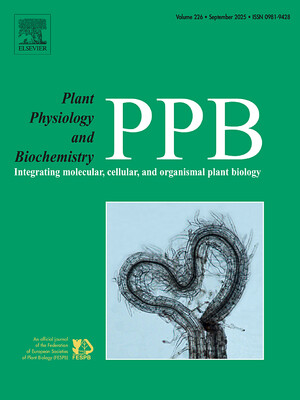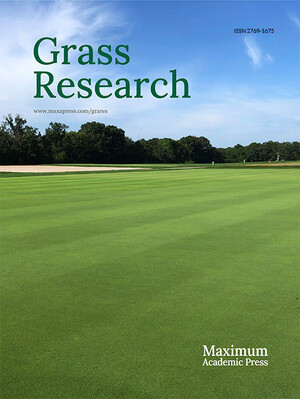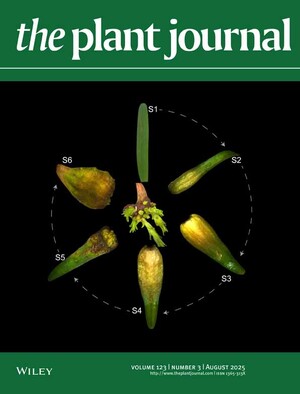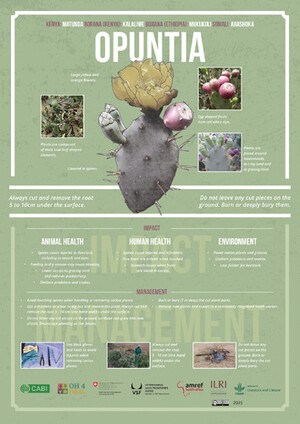
Diversification of diets: a community-led solution that improves nutritional outcomes in Kenya’s pastoral communities
In northern Kenya, thousands of people suffer from acute malnutrition. This dryland region experiences low rainfall, high temperatures and has poor soils, which lead to poor harvests and inadequate pastures for livestock. The region hence suffers significant food insecurity which results in high levels of malnutrition, particularly among women and children.
Limited knowledge of appropriate maternal, infant and young child nutritional (MIYCN) practices is also a significant driver of malnutrition in northern Kenya.
The region is part of the arid and semi-arid lands (ASALs) which cover about ¾ of the country’s landmass. They are mainly inhabited by pastoralists who depend on livestock for livelihood. Due to their nomadic lifestyles, 80% of pastoralists’ diets comprise of animal-source foods like meat, milk and ghee.
The International Livestock Research Institute (ILRI), through the Feed the Future Kenya Accelerated Value Chain Development (AVCD) program, has been promoting utilization of diverse nutritious food sources that incorporate animal-source foods, cereals, fruits and vegetables across Kenya, including in the ASALs, in the last six years.
Lack of knowledge on the nutritional value, preparation and use of some of these foods has hindered their adoption among some pastoral communities. Also, some cultural beliefs and taboos have prevented members of households, mostly women and children, from consuming certain nutritious foods and even seeking medical care further predisposing them to malnutrition.
For the past four years, in partnership with government departments in health, education and agriculture, the AVCD program has been supporting agri-nutrition training by community health volunteers (CHVs) in communities in Garissa, Isiolo, Marsabit, Turkana and Wajir counties. The CHVs have passed on messages to mothers and caregivers about the value of consuming nutritious food and promoting dietary diversity to reach households with children below 2 years of age. These efforts have created public awareness on the nutrition value of diverse, safe and nutritious foods that include leafy green vegetables, fruits, tubers, nuts, grains and animal products. Enabling community members to make informed choices on their food consumption to cover their nutritional needs. Through this work, community ownership and sustainability of agri-nutritional interventions has increased.

CHVs using community dialogue cards at an agri-nutrition training in Turkana County (credit AVCD/Muthoni Njiru).
Raising awareness on the need for consumption of diverse foods and appropriate complementary care has the potential to improve dietary practices and hence nutritional outcomes. Knowledge systems embedded in the cultural traditions of these communities have been integral in the acquisition, preparation, consumption and preservation of various types of foods. Acknowledging the role of indigenous knowledge in the community’s decisions and actions, AVCD has leveraged on the positive cultural practices which positively affect nutrition outcomes. For example, traditional preservation of meat for use during drought has been encouraged with an emphasis on hygiene and food safety considerations.
In some areas, tradition has barred women and children from eating certain foods. For example, in parts of Turkana, pregnant women were not allowed to eat eggs because of the belief that eggs would make the unborn child ‘bigger’ leading to difficulties during birth, an advantage since they did not have to deliver in hospitals. Consequently, women here were very receptive to agri-nutrition messages and started to incorporate food diversity in their meals, including eggs while pregnant as a good source of protein. Men have also been supportive of this initiative, making up at least 30% of CHVs, highlighting that they too have participated in opinion-based myths that were causing harmful outcomes.
Since 2016, improved childcare practices associated with the nutritional training in the five counties have increased the proportion of children below six months who are exclusively breastfed to 86%. Notably, the dietary diversity score in Garissa, Isiolo, Marsabit, Turkana and Wajir has increased by 19%. The minimum dietary diversity for women consuming five food groups and above, as per the United Nations Food and Agriculture Organization (FAO) and World Health Organization (WHO) recommendations, has risen from 3.45 food groups at baseline to 5.5 food groups and improved household dietary diversity by 14.5%.
The AVCD program continues to support the delivery of nutritional education through training more CHVs and producing more agri-nutrition dialogue cards for use in community messaging. Coupled with advocacy to county decision-makers for increased nutrition investments, it is expected that these counties will sustain the gains made this far.
Nutritional education has the potential to improve dietary consumption and the nutritional status of pastoralists, especially during droughts, when there is limit availability and access to food. With improved understanding of the benefits of appropriate care and feeding practices, pastoral households can enhance their food and nutrition security.
Available Community dialogue cards on Agri-nutrition resource: Link



















